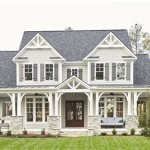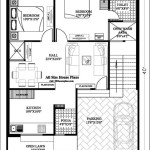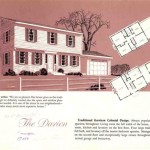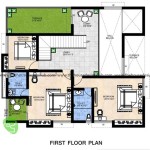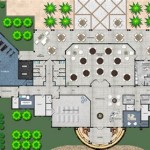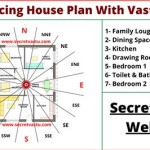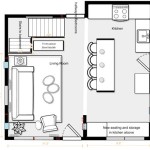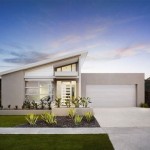Essential Aspects of House Plans Designed for Seniors
As we age, our needs and preferences for our living spaces change. Seniors may find themselves wanting a home that is more accessible, comfortable, and safe. House plans designed for seniors take into account these specific needs and provide a living environment that promotes independence, well-being, and peace of mind.
Accessibility Features
Accessibility features are essential for seniors who may have mobility limitations. These features include:
*- Wider doorways to accommodate wheelchairs or walkers
- Ramps or elevators to eliminate stairs
- Grab bars in bathrooms and showers for added support
- Curbless showers or walk-in bathtubs
- Non-slip flooring to prevent falls
Comfort and Convenience
Comfort and convenience are just as important as accessibility. Seniors should feel comfortable and at ease in their own home. House plans designed for seniors typically include:
*- Open floor plans with minimal obstacles
- Large windows to provide ample natural light
- Comfortable seating areas
- Easy-to-reach shelves and cabinets
- Smart home features for convenience
Safety Features
Safety is paramount for seniors. House plans designed for seniors incorporate safety features such as:
*- Non-slip flooring
- Grab bars in bathrooms
- Emergency call systems
- Smoke and carbon monoxide detectors
- Well-lit walkways
Outdoor Spaces
Outdoor spaces provide seniors with a place to relax, socialize, and enjoy the fresh air. House plans designed for seniors include outdoor spaces that are:
*- Accessible via ramps or patios
- Covered to provide shade and protection from the elements
- Well-lit
- Landscaped with easy-to-maintain plants
Other Considerations
In addition to the essential aspects mentioned above, there are other considerations to keep in mind when designing a house plan for seniors. These include:
*- Proximity to amenities such as grocery stores and medical facilities
- Type of neighborhood (e.g., quiet vs. active)
- Size of the house (smaller homes are often more manageable for seniors)
- Energy efficiency to reduce maintenance costs
Conclusion
House plans designed for seniors are essential for creating a living environment that is safe, comfortable, and accessible. By incorporating these essential aspects into the design, seniors can enjoy a home that meets their specific needs and allows them to live independently with peace of mind.

Small One Story 2 Bedroom Retirement House Plans Houseplans Blog Com

Small One Story 2 Bedroom Retirement House Plans Houseplans Blog Com

New House Plans For Senior Citizens Check More At Http Www Jnnsysy Com Cit 1 Bedroom 2

Small One Story 2 Bedroom Retirement House Plans Houseplans Blog Com

Craftsman Cottage Style Retirement Home Plan

Age In Place Home Designs

Small Single Story House Plan Fireside Cottage

Small House Design Shd 2024007 Pinoy Eplans One Y Bungalow Plans Floor

Empty Nester House Plans Retirement The Designers

Small One Story 2 Bedroom Retirement House Plans Houseplans Blog Com

